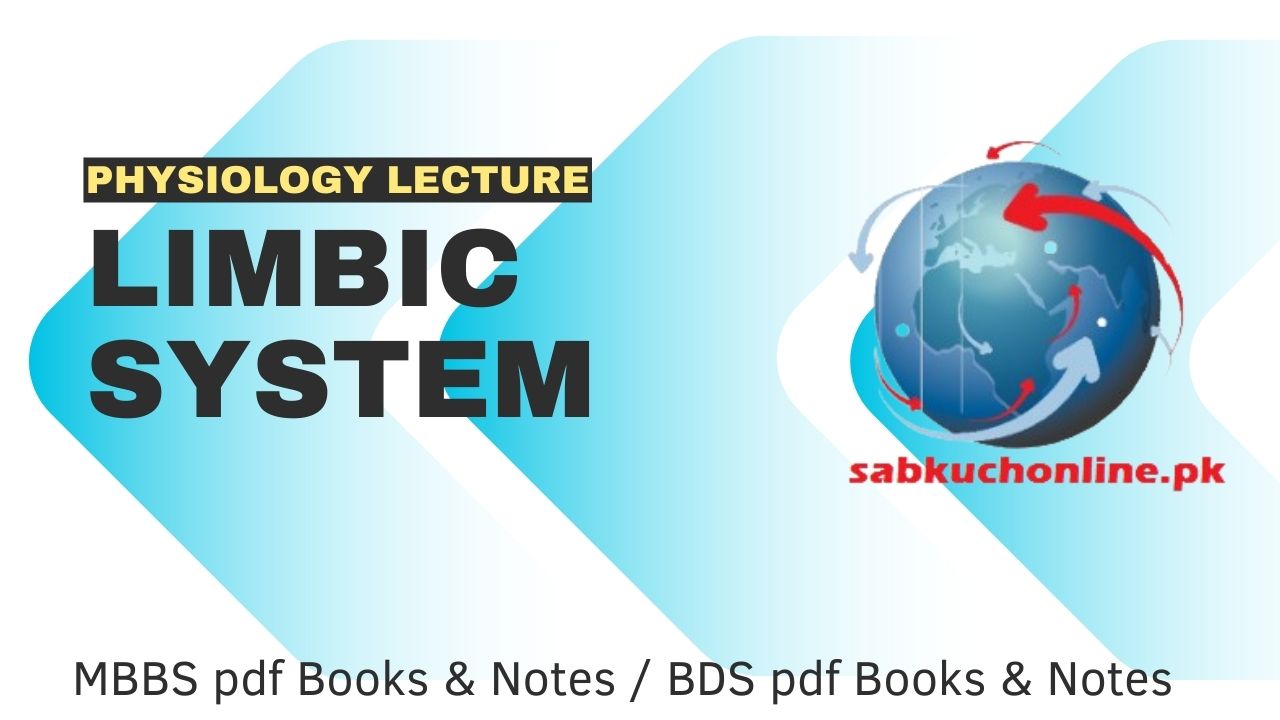“Reward & Punishment” Function of the Limbic System
- sensory sensations–pleasant or unpleasant
- reward or punishment or satisfaction or aversion
- The electrical stimulation of certain areas –pleases or satisfies the animal
- other areas causes terror, pain, fear, defense, escape, and the other elements of punishment
- The degrees of stimulation of these two opposing stems greatly affect the behavior of the animal
Reward centers
Potent reward centers are found;
- Along the course of the medial forebrain bundle especially in the lateral and ventromedial nuclei of the hypothalamus.
- Less potent reward centers are found in the septum, the amygdala, certain areas of the thalamus & basal ganglia and descending downward to the basal tegmentum of the mesencephalon
Punishment Centers
Potent punishment centers:
In the central gray area surrounding the aqueduct of
sylvius in the mesencephalon and extending upwards
into periventricular zones of the hypothalamus &
thalamus.
Less potent punishment centers include:
Areas in amygdala & hippocampus.
Rage:
emotional behavioral pattern—punishment centers like (periventricular zone of hypothalamus and lateral hypothalamus) are strongly stimulated;
- The animal develops defensive posture.
- Extends its claws
- Lifts its tail.
- Hiss.
- Spit.
- Growl.
- Piloerection.
- Wide open eyes.
- Dilation of pupils
Placidity & tameness
- are emotional behavior patters produced when reward centers are stimulated
- Effects opposite to that of rage
Importance
of reward & punishment centers is that;
- When we are rewarded, we continue to do, but when punished for an act, we cease to do it.
- This constitutes our drives our aversions our motivations.
- This helps to select and reject new sensory information.
Tranquilizers such as chlorpromazine, usually inhibits both reward & punishment centers.
Functions of hippocampus
- Hippocampal formation
- Sensory inputs—stimulates parts of hippocampus—initiate different behavioral reactions
- Then send signals to anterior thalamus,hypothalamus,
- Stimulation cause– epileptic seizures (prolong output) along with hallucinations
Role s of hippocampus in learning
- Bilateral removal of the hippocampus—
- No new information can be learnt
- Unable to remember long lasting memories—anterograde amnesia
Theoretical function of the hippocampus in learning
- Critical decision making
- Importance of incoming signals
- Eg smell, visual signals, selection of food, to run away from an object etc
- Fixation of memory
- Consolidation of memory
Amagdala
- Window of limbic system
- Send signals back to cortical areas
- Hippocampus
- Septum
- Thalamus
- hypothalamus
- ↑ or ↓ BP
- ↑ or ↓ Heart rate
- ↑ or ↓ Git motility and secretion
- Defecation and micturation
- Pupillary dilatation and constriction
- Secretion of hormones from ant pituitary
- Cause involuntary movements
- Tonic movements ( raising head or bending body)
- Circuling movements
- Clonic rhythmic movements
- movements associated with olfaction and eating (licking, chewing, swallowing)
Kluver Brucy syndrome
- Bilateral ablation of amagdala
- Not afraid of anything
- Extreme curiosity
- Forgets rapidly
- Tendendcy to place everything in mouth
Overall functions of amagdala
- Behavior awareness
- Current status in relation to both surroundings and thoughts
- Appropriate behavior response
